Product Description
The Uno R3 CH340G ATmega328p Development Board is the low-cost version of the popular Uno R3 Arduino. It is assembled with the CH340 USB to Serial converter chip, instead of using an Atmega16U2 chip.
We have used plenty of these low-cost Arduino boards with CH340 chips, and have found them to work perfectly. The only time the CH340 chip is used is during programming and when using the serial output of the USB port. During normal operation, this board is identical to the more expensive version without CH340 chip.
Main changes from the older version:
1. Two rows of the holes for the pins (Male and Female). So it can be connected with normal Female Jumpers.
2. Additional 3 rows of the holes for wiring.
3. Changes to the DIP package of ATMEGA328P to flat package.
4. CH340G replace ATmega16U2
How to use
1. Download the IDE Arduino
Link: http://arduino.cc/en/Main/Software (Copy to open)
2. Download the USB chip driver
Link: http://www.5v.ru/zip/ch341ser.zip (Copy to open)
3. Plug in UNO development board, the driver will be installed automatically
4. Select the UNO from the die
5. Select the COM port
6. The best choice first, Arduino comes with routine procedures, burn into it.
Features
- The Arduino Uno R3 is a micro-controller board base on the ATmega328 . It has 14 digital input/output pins (of which 6 can be used as PWM outputs); 6 analog inputs, a 16 MHz ceramic resonator, a USB connection, a power jack, an ICSP header, and a reset button. It contains everything need to support the micro-controller; simply connect it to a computer with a USB cable or power it with a AC-to-DC adapter or battery to get start.
- The Arduino Uno R3 differs from all preceding boards in that it does not use the FTDI USB-to-serial driver chip. Instead, it features the Atmega16U2 (Atmega8U2 up to version R2) program as a USB-to-serial converter. Revision 2 of the Uno board has a resistor pulling the 8U2 HWB line to ground, making it easier to put into DFU mode.
- Note: The Arduino Uno R3 reference design can use an Atmega8, 168, or 328, Current models use an ATmega328, but an Atmega8 is shown in the schematic for reference. The pin configuration is identical on all three processors.
Package Includes
- 1 x Arduino Uno R3 CH340G ATMega328P Development Board

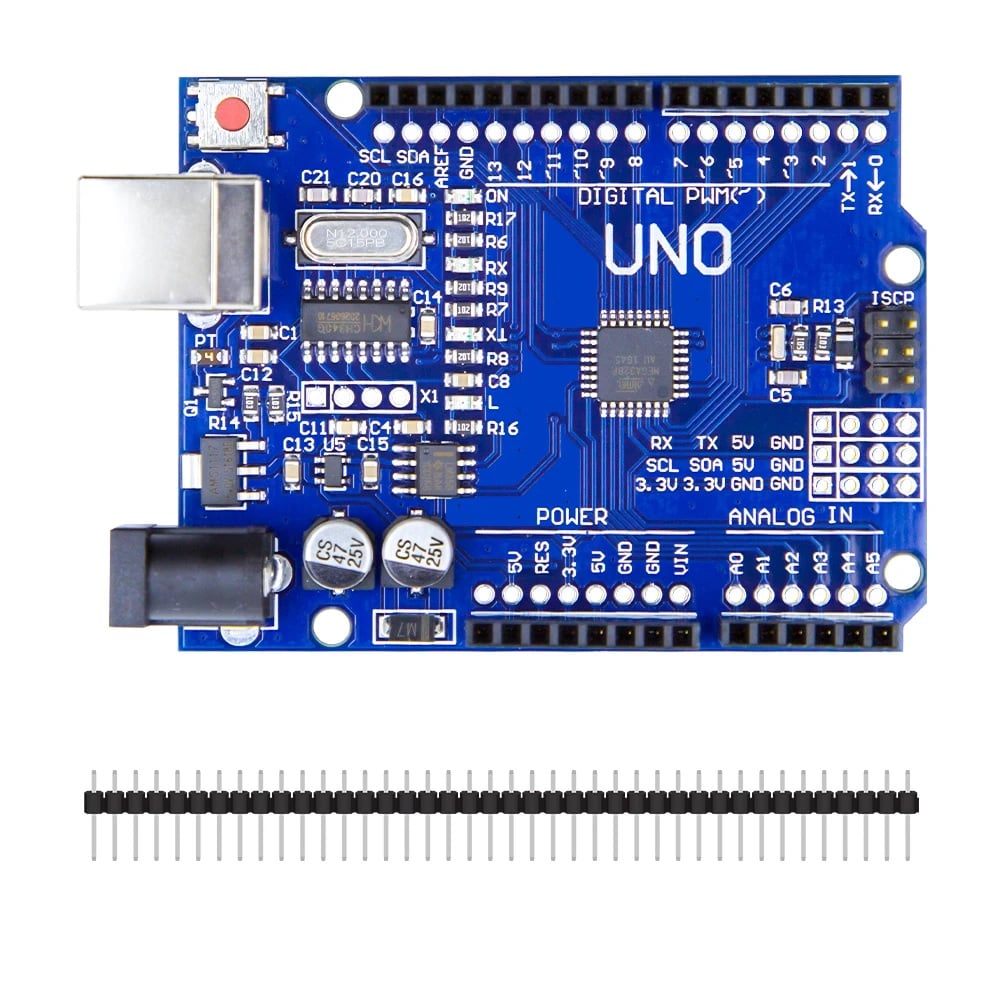
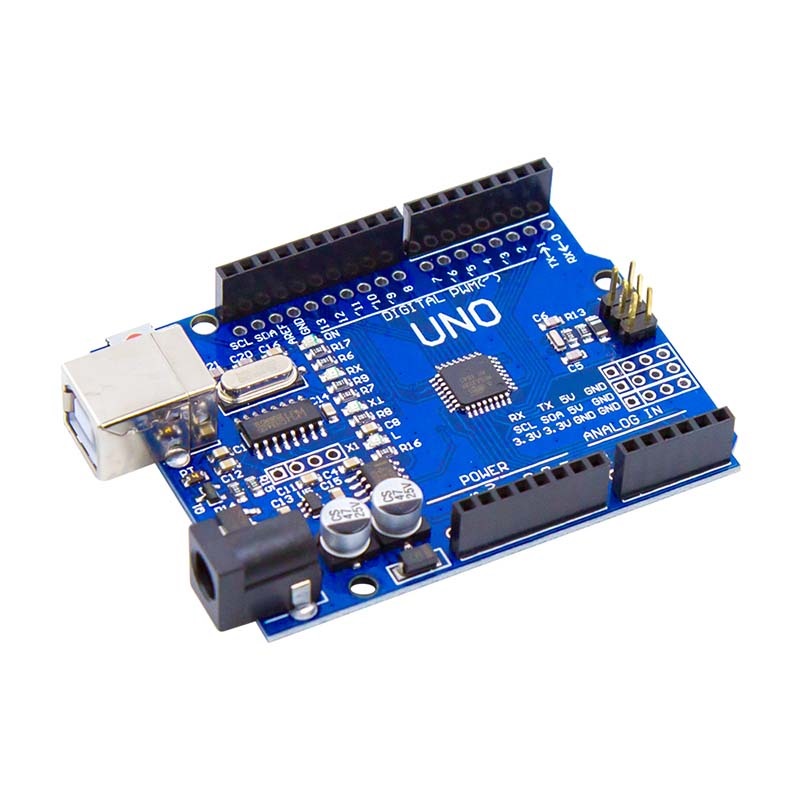

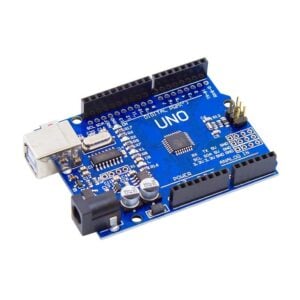
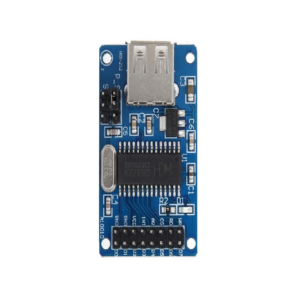
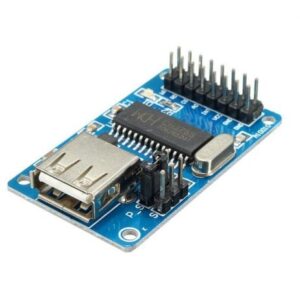
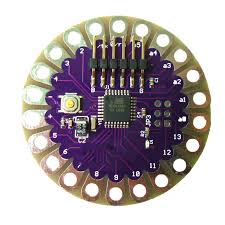
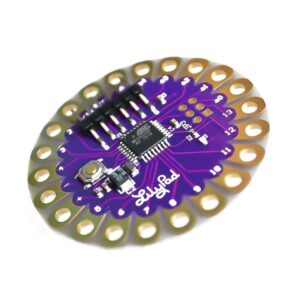
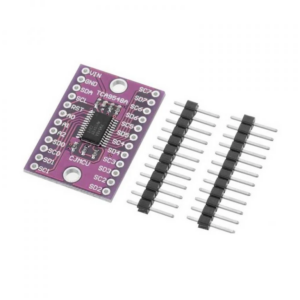
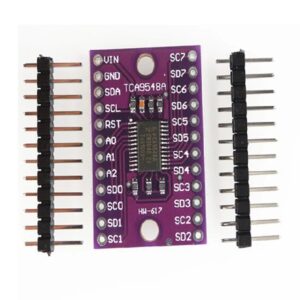
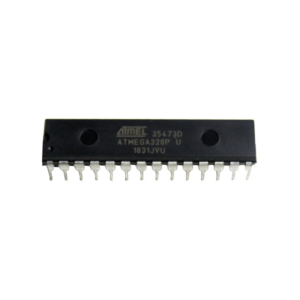
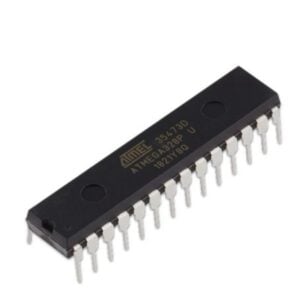
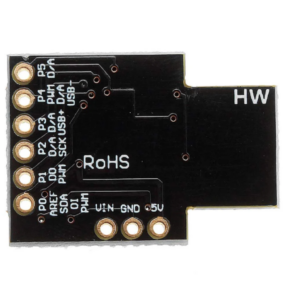
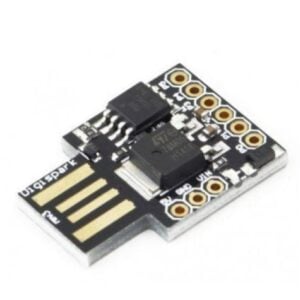
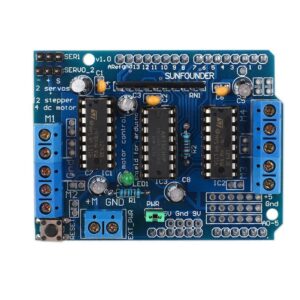
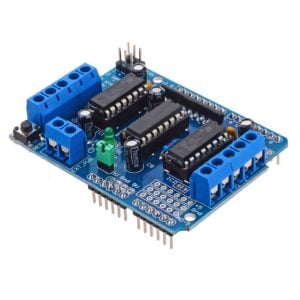
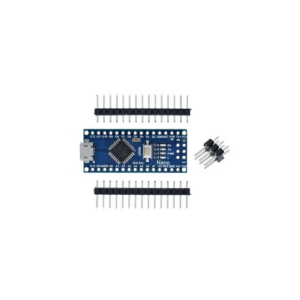
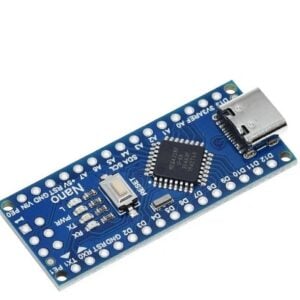



PAWAN KUMAR (verified owner) –
Souvik Nandi (verified owner) –
Amazing